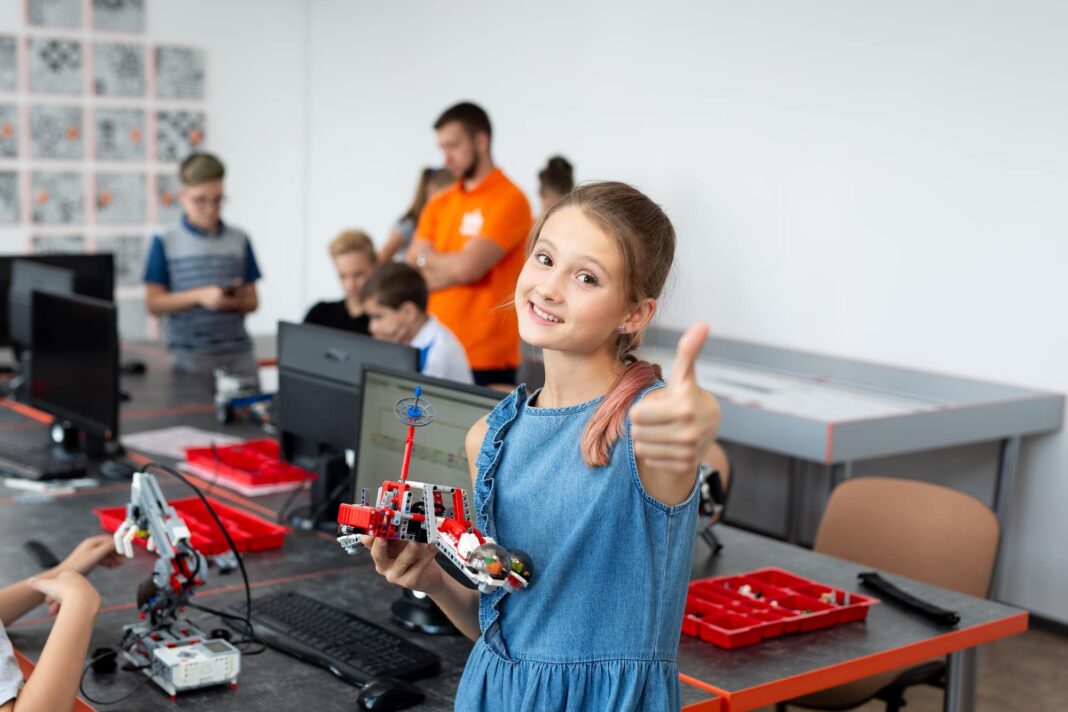
Robots Building Tomorrow’s Capabilities
The landscape of automation is rapidly evolving, moving beyond simple repetitive tasks to encompass complex problem-solving and adaptive learning. Robotics, once confined to manufacturing floors, is now permeating diverse sectors, from healthcare and logistics to agriculture and space exploration. This expansion isn’t merely about replacing human labor; it’s about augmenting human capabilities and unlocking possibilities previously considered unattainable. The current wave of robotic innovation is characterized by advancements in artificial intelligence, sensor technology, and materials science, creating machines that are increasingly intelligent, versatile, and collaborative.
The driving force behind this transformation is the demand for increased efficiency, precision, and safety. In industries facing labor shortages or hazardous working conditions, robots offer a viable and often superior solution. Furthermore, the ability of robots to operate continuously and analyze vast datasets provides opportunities for optimization and innovation that are difficult for humans to match. This isn’t a future scenario; it’s a present reality, with companies across the globe actively integrating robotic systems into their operations.
The Rise of Collaborative Robots (Cobots)
A significant trend in robotics is the development and deployment of collaborative robots, or “cobots.” Unlike traditional industrial robots that operate in isolated cages, cobots are designed to work alongside humans in shared workspaces. This collaboration is facilitated by advanced safety features, such as force-limiting sensors and vision systems, which allow cobots to detect and respond to human presence. The result is a more flexible and efficient workflow, where humans can focus on tasks requiring creativity, critical thinking, and complex decision-making, while cobots handle the physically demanding or repetitive aspects of the job.
The benefits of cobots extend beyond increased productivity. They can also improve worker ergonomics, reducing the risk of injuries associated with repetitive strain or heavy lifting. Moreover, cobots are often easier to program and deploy than traditional robots, making them accessible to a wider range of businesses, including small and medium-sized enterprises. This democratization of robotics is fostering innovation and driving economic growth across various sectors.
Cobots are finding applications in a multitude of areas, including:
- Assembly: Assisting with intricate assembly tasks, improving speed and accuracy.
- Quality Control: Performing visual inspections and identifying defects with greater consistency.
- Packaging and Palletizing: Automating the packaging and stacking of products for shipment.
- Machine Tending: Loading and unloading machines, freeing up human operators for other tasks.
- Welding: Performing precise and consistent welds, enhancing safety and quality.
Beyond the Factory Floor: Expanding Robotic Applications
The impact of robotics is no longer limited to manufacturing. We are witnessing a surge in robotic applications in previously unforeseen areas. In healthcare, surgical robots are enabling minimally invasive procedures with greater precision and control, leading to faster recovery times and improved patient outcomes. Robotic exoskeletons are assisting individuals with mobility impairments, restoring independence and enhancing quality of life. Furthermore, robots are being used for tasks such as dispensing medication, disinfecting hospitals, and providing companionship to elderly patients.
The logistics industry is also undergoing a robotic revolution. Autonomous mobile robots (AMRs) are navigating warehouses and distribution centers, optimizing inventory management and streamlining order fulfillment. Delivery robots are bringing goods directly to consumers, reducing delivery times and costs. Drones are being used for aerial inspections, surveillance, and even package delivery in remote areas. These advancements are transforming the supply chain, making it more efficient, resilient, and responsive to changing customer demands.
Looking ahead, the future of robotics is inextricably linked to advancements in artificial intelligence and machine learning. As robots become more intelligent and adaptable, they will be able to tackle increasingly complex tasks and operate in more dynamic environments. The development of more sophisticated sensors and actuators will further enhance their capabilities, allowing them to interact with the world in a more nuanced and intuitive way. The convergence of robotics, AI, and other emerging technologies promises to unlock a new era of innovation and transform the way we live and work.
